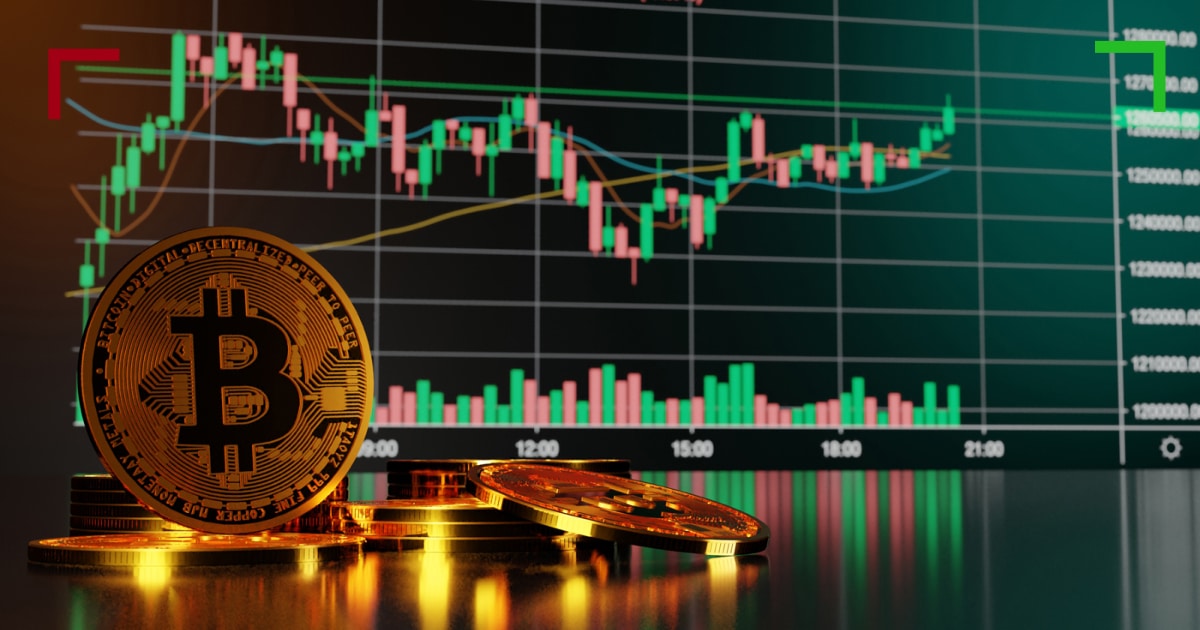
Unlocking Success with Trading Automation Crypto
In recent years, the world of cryptocurrency has rapidly evolved, leading to unprecedented opportunities for traders. Among these advancements, trading automation has emerged as a game changer, allowing traders to optimize their strategies, reduce emotional decision-making, and ultimately increase profitability. This article delves into the nuances of trading automation in the cryptocurrency space, providing insights on tools, strategies, and the future of this revolutionary concept. For further reading, check this link: Trading Automation Crypto http://del.gr/component/k2/item/10-vestibulum-ante-ipsum-primis-in-faucibus/10-vestibulum-ante-ipsum-primis-in-faucibus?start=2990
Understanding Trading Automation
Trading automation refers to the use of computer algorithms to execute trading strategies without human intervention. This technology allows traders to specify certain criteria for buying and selling assets, which the system then uses to make transactions at the appropriate times. In the crypto market, where volatility is a constant presence, automation can help traders capitalize on fleeting opportunities and mitigate losses.
The Benefits of Automated Trading
There are numerous benefits to adopting automated trading solutions in crypto markets, including:

- Efficiency: Automated systems can analyze multiple trading pairs and execute trades faster than a human ever could.
- Emotion Control: Automation removes emotional decision-making from trading, helping to maintain discipline and consistency.
- Backtesting: Traders can test their strategies against historical data before risking capital in live markets, allowing for refinement of strategies.
- 24/7 Trading: Crypto markets operate around the clock, and automated systems can ensure opportunities aren’t missed due to time constraints.
Tools for Trading Automation in Crypto
Various platforms exist that provide the infrastructure for automated trading in cryptocurrencies. Some of the most notable include:
- Trading Bots: These bots like 3Commas, Cryptohopper, and HaasOnline allow users to create custom trading strategies and automate their execution.
- APIs: Many exchanges offer APIs (Application Programming Interfaces) that enable traders to connect their own custom scripts or trading algorithms, providing full control over trade execution.
- Social Trading Platforms: Platforms like eToro allow users to follow and automatically copy successful traders, enabling less experienced investors to benefit from others’ expertise.
Strategies for Automated Crypto Trading
Implementing automation doesn’t mean that traders can entirely step back from strategy development. It’s crucial to have well-defined strategies in place that can successfully leverage automated systems. Here are some popular strategies:
- Trend Following: This involves programming the bot to identify and capitalize on upward or downward trends in the market.
- Arbitrage: Automated systems can quickly exploit differences in price across various exchanges, allowing traders to buy low and sell high simultaneously.
- Market Making: Bots can provide liquidity to the market by placing buy and sell orders, profiting from the spread.
- Mean Reversion: This strategy assumes that prices will return to their average over time and automated systems can execute trades based on these assumptions.
Challenges and Considerations

While trading automation provides significant advantages, it is not without its challenges. Traders need to consider the following:
- Technical Knowledge: Successful implementation of trading algorithms requires a good understanding of both trading principles and the technical aspects of programming.
- Market Risks: Automated trading is not immune to market volatility, and traders can encounter unexpected losses if market conditions change rapidly.
- Security: Using third-party tools and APIs introduces security risks. It’s vital to choose reputable platforms and employ strong security measures.
- Over-Optimization: The danger of over-optimizing a strategy for historical data can lead to poor performance in live conditions, a phenomenon known as “curve fitting.”
Future of Trading Automation in Crypto
The future of trading automation in the cryptocurrency market looks promising, with advancements in artificial intelligence and machine learning. These technologies are expected to enhance algorithmic trading and allow for even more sophisticated strategies that adapt to changing market conditions. We can anticipate a rise in selective automated trading strategies, driven by sentiment analysis and real-time data.
Additionally, as the regulatory landscape for cryptocurrencies continues to evolve, with increased scrutiny expected from government bodies, automated trading could facilitate compliance by ensuring that trades are conducted within legal parameters.
Conclusion
Trading automation in the world of crypto is not just a trend; it’s becoming a standard practice for traders seeking to enhance their efficiency and profitability. By understanding the tools available, implementing effective strategies, and being mindful of the challenges, traders can leverage automation to navigate the complex cryptocurrency market effectively. As technology continues to advance, it’s critical for traders to stay informed and adapt their strategies to maintain a competitive edge in this ever-changing landscape.

